 |
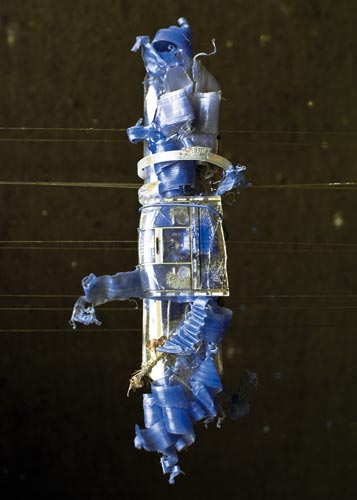 |
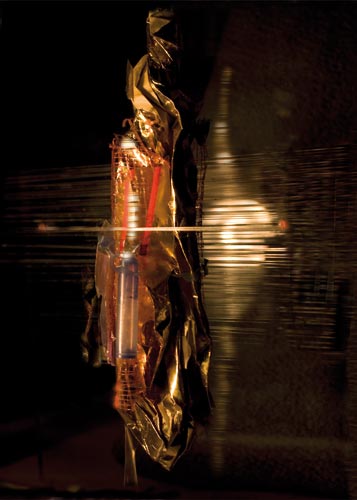 |
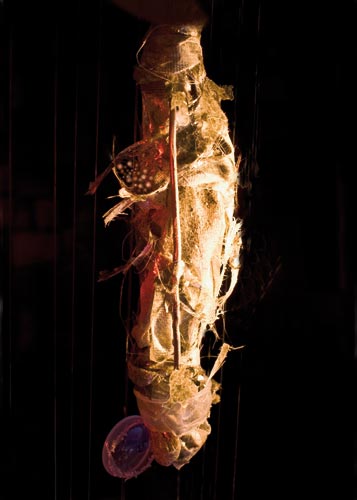 |
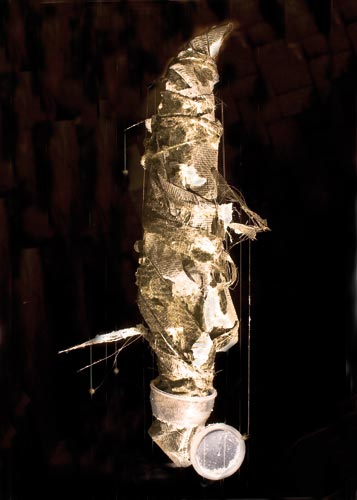 |
 |
 |
| Phenomenal-Post-Characters[*] |
|
Both in the perception of the world and in its expression the most important part is undoubtedly played by man. That is why it seems that the word character which is sometimes replaced by such terms as “figure” or “silhouette” refers in the first place to a human being. We can say that a character is, for example, threatening, square-built, inconspicuous, female, theatrical, broken etc. However, as we all know, its (or their) meaning in the practice of the language of communication very often proliferates and extends to cover numerous other things and phenomena, since – for example – we could also speak about the character of a mansion, the character of a class struggle, the character of a transaction, the character of a sphere, the character of things, a satanic character, character reference, character sketch etc. Not counting these extremely frequent uses in various comparisons and metaphores, the word “postać” in the Polish language (which means “character”), may be also used as a verb in its infinitive form (“postać” in this case would mean “to stand around”). (A somewhat similar example in English could be “to be in” or “out of” character.) When playing such a role it could happen that a given character might want to stand around here or there – now or later. Naturally a character may want to find itself in many different situations, but here we are especially interested – perhaps due to the unaccidental coincidence of the Polish phrase “postać chce postać” (“a character wants to stand around”) – in the character as a vertical form which is always standing and which, as intuition tells us, seems to lie at the core of its very nature as character. At the same time it seems that this essential nature of the vertical form contains a large dose of abstraction, generalization and understatement, in spite of the fact that it often covers a very large number of details, especially as far as its image is concerned. It is always something that is not lying down, and in spite of the fact that it does not have to be standing (though it usually is), it represents verticality; it sort of activates the perpendicular straight line that cuts across the horizon and acts vertically, ascending or descending. It is in the work presented here, divided into several acts, that I decided to pin down both these vaguely visible images existing in the corners of the human mind and the full-blooded characters of the outside world which appear in different circumstances – for example, when accompanying various cultural ceremonies, official, formal and sometimes even social occasions, especially when the above-mentioned images which come into being with the profound help of the subconscious are characterized interactively, with the aid of our consciousness. The standing position taken up by humans at important and official occasions has been preserved for centuries, passed on from generation to generation, and that is why even now it can be associated with the ancient image of “the tree of life” whose trunk, like strictly speaking the trunk of every tree, especially a fruit-tree, resembles the figure (character) of a human being. This is especially striking when the tree loses its branches and twigs. The standing stance – as all gestures made in the vertical position, be it getting up, sitting down, kneeling, ascending and descending the stairs or a ladder – in almost all situations (which do not necessarily have to be rituals) possesses a sacred meaning. Analogous cases prove that the system of vertical relations has been since times immemorial saturated with spiritual values. Entering those relations has always led to the strengthening or weakening of one’s position in the world and society. According to the common belief vertical relations or order enabled people to contact the source of power and control exercised over everything which is lower and which sticks to the horizontal position. These powers (sources) were different and numerous. Generally speaking, they were divided into the good and the bad, from which further powers followed: those of light and darkness, happiness and sadness, life and death, etc. More often than not all potentialities whirl and swirl deep within each character, remaining, however, in the vertical order, along with the character itself – just like astronauts in a spaceship that stands at the launching site, before they freeze motionless in their seats when the hour of takeoff strikes. But then, on the other hand, the character of life shall violently twirl and flurry inside them. |
Edward Łazikowski
|
| [*]The terms and the problem discussed here come in part from the book I wrote in 2008, entitled Odyseja postfenomenologiczna [The Post-Phenomenological Odyssey] which remains unpublished to this day. |
 |
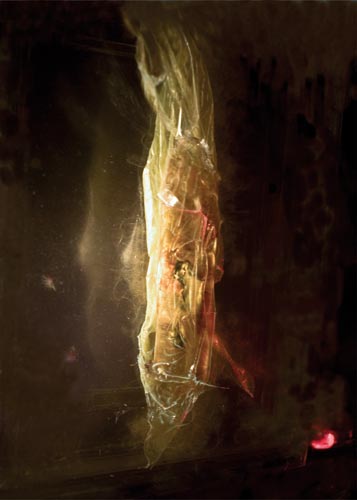 |
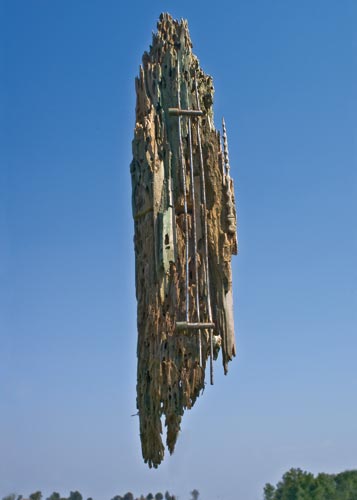 |
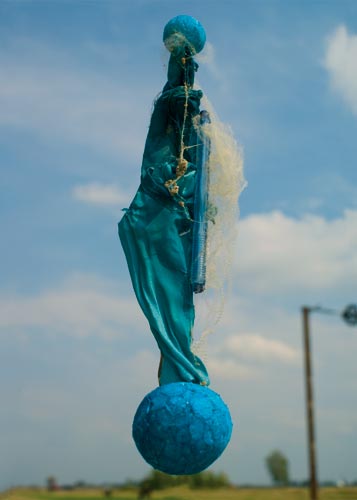 |
| Bi-Wind of In-Spirations? |
|
The battle for existence comes down in its most essential aspect to the ability of moving in space; there are no motionless entities. On the other hand, because there are no absolutely empty places in real space, every movement always meets with larger or smaller resistance on the part of other moving entities. This becomes the source of constant collisions which are the lot of every existing being. Furthermore, these collisions are the source of their traces, including the traces of a special kind which I call fragtors [*]. Fragtors are characteristically ordered sets of fragments of material torn away and separated from the solid mass of the source entities during the time of their collisions. In external appearance they resemble streams, avalanches, waterfalls, fountains, tresses etc., and they are situated in front and in the back of their source entities (if we have to do with progressive movement).
To make the problem of existence – as I understand it – clearer, I must add that there are no such entities in the world that would not be a swarm of other, smaller entities and that at the same time would not be a part of yet another swarm proportionately larger than itself. In everyday life the smallest of all the entities in the external world (generally speaking) is a speck of dust. The largest would be the dome of the starry sky overhead, although actually it is but a petite fragment of our Galaxy – the Milky Way. A live performance of the Bi-Wind of In-Spirations accompanies the presentations of my photographs shown at this exhibition. It is a separate event, though it has numerous connections with these works. The finding of such connections I leave to the public. Let me only remark that I begin and end my show as a standing character. Moreover, I must mention that the characters of the first part (which is a photographic exhibition) are the aftermath, perhaps a distant one, but still an aftermath of my discovering of the phenomenon of fragtors whose visual aspect was presented for the first time, as it happens, in Galeria FF, while their theoretical characteristics were described in the catalogue of the exhibition, held in 1995. The current exhibition, on the other hand, is in itself a further and direct continuation of the idea of fragtors. That is, while those former exemplifications were limited to the generating of fragtors (for analytical and artistic purposes) on a flat, stable groundwork, and also to registering them on a plane in photographic form, as entities petrified in immobility, these new works of mine appear in full-dimensional space and may be registered as moving pictures. While building my two machines for the production of wind and releasing dust into space, and especially during my further preparations, I came to realize that the original sources of wind, just like light, are violent eruptions of matter which take place in favourable circumstances. At the same time I also realized a somewhat obvious fact: that the wind during an explosion blows in all directions simultaneously – radiating from the centre, just like light. Therefore each of these directions in a given explosion is the only one, so if we wish to have another, separate stream of wind blowing in one direction only, we must have another, separate explosion of matter. Thus we should conclude – and here we reach the highest peak of generalization – that the source of movement and of life must be one and the same. All right; but any entity – as we should immediately observe – on leaving its source undergoes constant collisions on its course which clearly proves that there are other sources of movement (and therefore, life) in space – other explosions. If only one existed, entities on the move would not meet any others that come in their way and collide with them. Therefore, during my show I use two machines that produce two streams of wind blowing in opposite directions. Why a bi-wind? Because a single wind is but an ordinary continuation of existence within the previously given paradigm of one kind of weather or another. The real source of its very meaningful change is the conflict(!) of at least two winds. In a similar case in meteorology we speak of the collision of two atmospheric fronts. Indeed: a truly interactive collaboration of various factors is born in a conflicting situation, and as such it is extremely difficult to achieve. However, if the attempts to bring it about are successful, it may be unusually effective as change-causing factor. |
Edward Łazikowski
|
| [*] Edward Łazikowski, Fragtory – integratory [Fragtors – Integrators] (catalogue of the exhibition), Galeria FF, Łódzki Dom Kultury, Łódź 1995; Edward Łazikowski, Fragtoryzacja świata [The Fragtorization of the World], WSHE, Łódź 2004; Edward Łazikowski, Koncepcja fragtorów i wizja procesów formotwórczych świata [The Concept of Fragtors and the Vision of the Form-Creating Processes of the World], w (in): Filozofia autorska: propozycje. [Authorial Philosophy: Propositions.], Kolokwia Filozoficzne II, red. Andrzej Zalewski [ed.], Scriptum, Cracow 2011. |
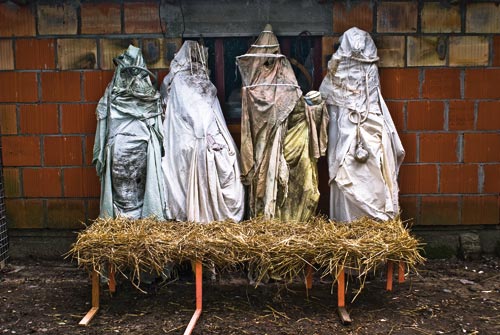 |
 |
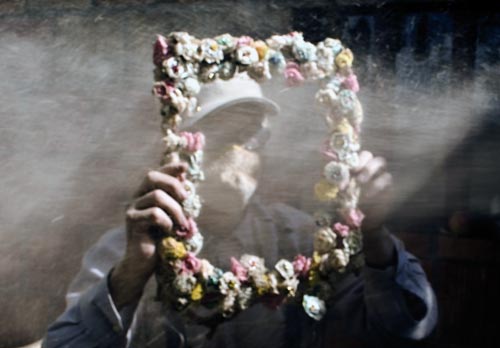 |
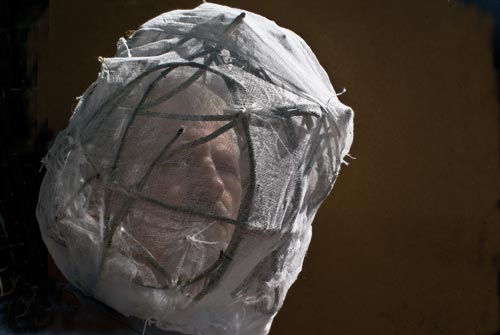 |
Copyright ©2011 Galeria FF ŁDK, Edward Łazikowski |